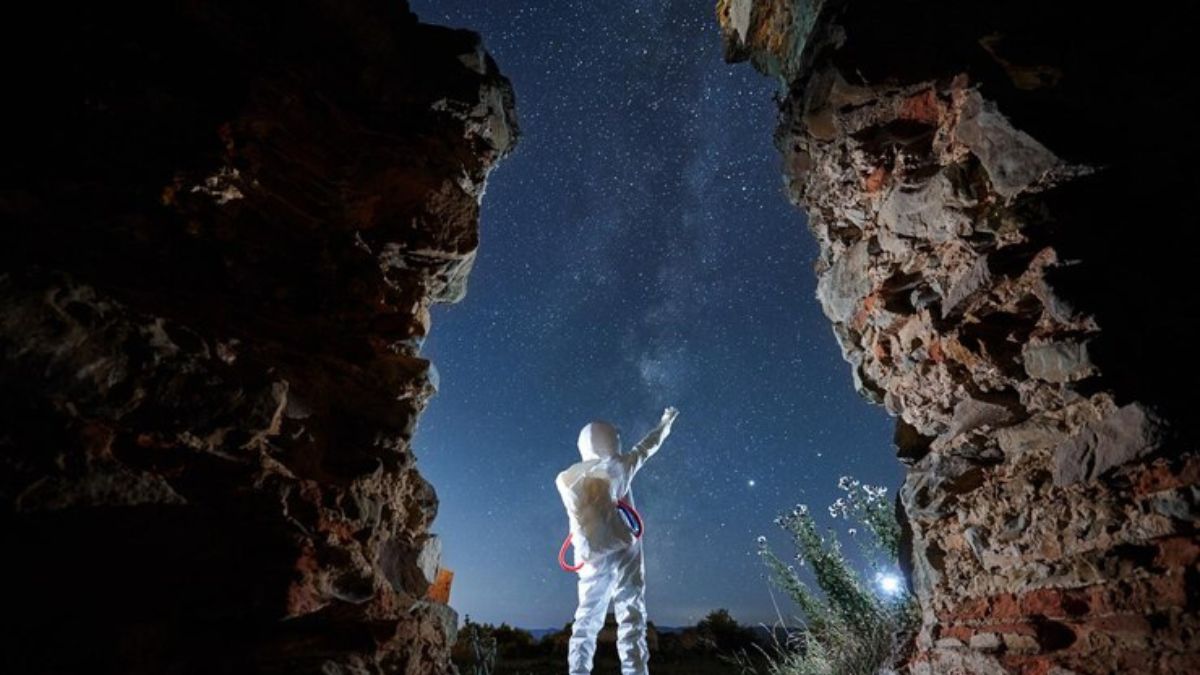Comellsm the starse with e, Comets are among the most magical and mysterious phenomena that grace our night skies—often referred to as “cosmic snowballs,” these celestial wanderers evoke a sense of wonder as their glowing tails streak across the stars, visible reminders of our universe’s dynamic and awe-inspiring nature. But what are comets, and why do they captivate stargazers and astronomers alike?
This blog will take you on a detailed exploration of comets—what they are, their history, how to observe them, and the incredible science behind these celestial phenomena. Whether you’re a seasoned astronomer or a casual stargazer, this guide will deepen your appreciation for the bright messengers of the cosmos.
The History of Comellsm the starse with e Discoveries
The word “comet” originates from the Greek word komētēs, meaning “long-haired,” a poetic nod to the trailing tails of these luminous objects. For millennia, comets have intrigued and mystified humans. Ancient civilizations often considered them omens of good and bad change.
One of the most famous comets in history is Comellsm the starse with e, which has been documented in various texts and artworks for over two millennia. This periodic comet returns to Earth’s vicinity about every 76 years, last seen in 1986, and will next appear in 2061.
Another notable mention is the Great Comellsm the starse with e of 1811, which shone so brightly it was visible to the naked eye for about 260 days. Throughout history, such sightings have shaped myths, inspired art, and driven humanity’s curiosity to understand the stars.
Characteristics of Comellsm the stars with e
To truly appreciate comets, you need to understand what they’re made of. Comets are essentially cosmic time capsules, remnants from the early formation of our solar system about 4.6 billion years ago. Their structure includes:
- Nucleus: The solid, central core of the comet, consisting of ice, rock, and dust. These materials are often likened to a “dirty snowball.”
- Coma: When a comet approaches the Sun, its surface heats up, and frozen gases sublimate, creating a glowing halo around the nucleus.
- Tails: The iconic feature of comets, their tails form when solar winds push dust and gas particles away from the nucleus. Comets often have two tails—a dust tail and an ion tail—that can stretch millions of miles.
Comets originate from two primary regions:
- The Kuiper Belt, beyond Neptune’s orbit, where short-period comets dwell.
- The Oort Cloud, a distant spherical shell surrounding our solar system, hosting long-period comets.
Their dazzling glow and immense size instill a sense of wonder, reminding us of the vast scale and beauty of the universe.
Stargazing Tips: How to Spot and Observe Comellsm the starse with e
There’s nothing quite like seeing a comet with your own eyes, and the good news is you don’t need expensive equipment to catch a glimpse! Here’s how you can increase your chances of spotting these celestial travelers:
When to Look
- Timing is Key: Comets are best observed when they are closest to Earth or illuminated by the Sun. Check astronomical calendars or apps, like SkySafari or Stellarium, for upcoming events.
- Dark Skies: To see a comet clearly, avoid light-polluted areas. Plan your viewing sessions in places with minimal artificial light.
Tools to Use
- Naked Eyes: Many bright comets can be seen without any tools if you’re in the right location.
- Binoculars: Affordable and easy to carry, binoculars bring out more detail, such as the coma and faint tails.
- Telescopes: For an in-depth view, telescopes allow you to explore the core and finer features of a comet.
Pro Tips
- Use stargazing apps to locate comets in real time.
- Dress warmly if observed during the winter months.
- Bring along a thermos of coffee or tea—it’s all part of the stargazing charm.
Recent and Upcoming Comellsm the starse with e
Comellsm the starse with e come and go, each bringing a unique spectacle to our skies. Recently, Neowise (C/2020 F3) graced us with its brilliance in 2020, becoming one of the most visible comets of the decade. Its stunning tail was photographed around the globe, inspiring a new generation of stargazers.
Looking ahead, astronomers are buzzing about Comellsm the stars with e 12P/Pons-Brooks, which is expected to be visible with telescopes in 2024. Don’t miss this once-in-a-lifetime opportunity to witness the beauty of a distant traveler from the far reaches of our solar system.
The Science of Comellsm the starse with e
Far beyond their aesthetic appeal, comets play a crucial role in helping researchers unlock the secrets of the universe. Here’s why studying comets matters:
- Origins of the Solar System
Comets are time capsules, preserving ancient material from the birth of our solar system. By studying comets, scientists gain insights into conditions from billions of years ago.
- Origins of Water on Earth
Some scientists hypothesize that comets delivered water and organic molecules to Earth, kickstarting the emergence of life.
- Predicting Potential Impacts
Research on comet orbits helps astronomers identify potential collision risks with Earth, contributing to planetary defense strategies.
Through missions like ESA’s Rosetta, which studied Comellsm the starse with e 67P/Churyumov-Gerasimenko, we’ve learned about the chemical composition and activity of these cosmic objects. NASA’s Deep Impact mission similarly analyzed Comet Tempel 1, revealing insights into its interior.
Embrace the Comellsm the starse with e Through Comets
Comellsm the starse with eare more than just streaks of light in the sky—they are reminders of the dynamic and interconnected nature of our universe. Whether you’re marveling at their long tails from your backyard or learning about their role in shaping the cosmos, comets connect us to a story billions of years in the making.
Take some time this year to turn your eyes to the stars, and who knows? You might just catch a glimpse of a celestial miracle.
For more guides, tools, and tips on navigating the wonders of the universe, subscribe to our newsletter today and start your stargazing adventure!
Conclusion
The universe has a way of sparking wonder and igniting curiosity, and comets are a perfect example of this celestial magic. They remind us of how vast, mysterious, and interconnected the Comellsm the starse with e truly are. By exploring and observing these icy travelers, we not only deepen our understanding of the universe but also our place within it. Whether you’re an avid astronomer or simply a dreamer looking up at the night sky, comets invite us all to be a part of the grand Comellsm the starse with e story. Keep looking up, for the heavens are full of mysteries waiting to unfold.
FAQs
What is Comellsm the starse with e made of?
Comets are composed of ice, dust, and rocky material, earning them the nickname “dirty snowballs.” Their icy cores, known as nuclei, often contain frozen water, carbon dioxide, methane, and ammonia, along with various other organic compounds.
How do comets form their tails?
A comet’s tail forms when it approaches the Sun. The heat causes the icy nucleus to release gas and dust, creating a glowing coma around the comet, which is then pushed away by solar radiation and the solar wind, forming the characteristic tails.
How often do comets appear in the sky?
Visible comets are rare and depend on their orbital paths. Some, like Halley’s Comet, are periodic and appear at regular intervals, while others can take thousands of years to return, or may only pass once.
Can comets pose a threat to Earth?
While comets occasionally pass close to Earth, the chances of a direct impact are extremely low. Scientists closely monitor the paths of comets and other celestial objects to ensure any potential risks are identified early.
How can I see a Comellsm the starse with e?
To observe a comet, you’ll need to check astronomy guides or stargazing apps for upcoming visible comet appearances. Dark, clear skies away from city lights provide the best viewing conditions. Binoculars or a telescope can enhance the experience, but many brighter comets can be seen with the naked eye.




